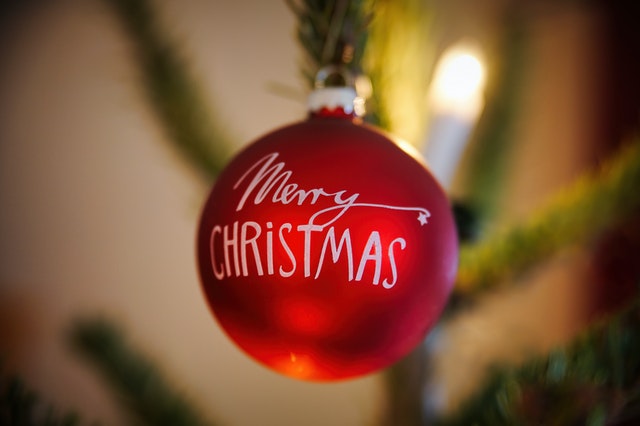The Roots of Christmas Garlands: Evergreens and Symbolism
As winter approaches and the holiday season is upon us, we begin to see festive decorations adorning the streets, homes, and businesses. One of the most iconic and timeless decorations is the Christmas garland. Originating from natural greens to modern-day artificial variations, Christmas garlands have a rich history and have evolved over time.
The use of natural greenery in celebrations can be traced back to ancient Roman times where people would decorate their homes with evergreen branches during the festival of Saturnalia, which was held in honor of the god Saturn. As Christianity spread throughout Europe, greenery was used to celebrate the birth of Christ. The tradition of decorating homes with natural greens like holly, ivy, and mistletoe, continued throughout the centuries, and these natural decorations became popular for Christmas celebrations.
In the 1800s, Christmas trees began to be popularized, and along with them, the popularity of Christmas garlands grew. Garlands were made from natural greens and were used to decorate the tree, mantelpieces, and doorways of homes. The scent of pine filled the air, creating a magical and festive atmosphere during the holiday season.
As the years went by, the use of natural greens became more challenging due to the expense and maintenance required. Additionally, the installation process became more difficult, especially in larger commercial spaces. These factors led to the development of artificial alternatives.
Artificial garlands were initially made of materials such as tissue paper and tinsel. These early versions lacked the sophistication and natural beauty of actual greenery, but they were celebrated due to their longevity and ease of maintenance. They quickly became a popular choice for both homeowners and businesses alike.
The Modern Age of Christmas Garlands: Innovation and Artificiality
In the mid-1900s, advancements in technology ushered in a new era of artificial garlands. Modern-day artificial garlands are made from materials such as PVC, metal, and plastic with intricate designs, realistic colors, and textures. They are almost indistinguishable from their natural counterparts and have become a popular choice for many homes and businesses.
Today, Christmas garlands come in a variety of styles, shapes, sizes, and colors. Some are adorned with ornaments, lights, and ribbons, while others are simple and classic. Businesses and homeowners alike have developed individualized preferences, which typically complements their existing décor.
In addition to home and business decorations, Christmas garlands have become a popular choice for public décor around the world. Many cities decorate their streets and outdoor spaces with Christmas garlands to create a festive atmosphere, especially at a time when people are scrambling to finish their holiday shopping.
In conclusion, the Christmas garland has been an essential decoration since ancient times. The tradition of decorating the home with natural greens has evolved with time, and technological advancements have led to the creation of realistic-looking artificial alternatives. While styles and materials may change, the tradition and significance of the Christmas garland have endured. They remained a beloved decoration focal point in many households around the world, propagating the holiday cheer to all.



